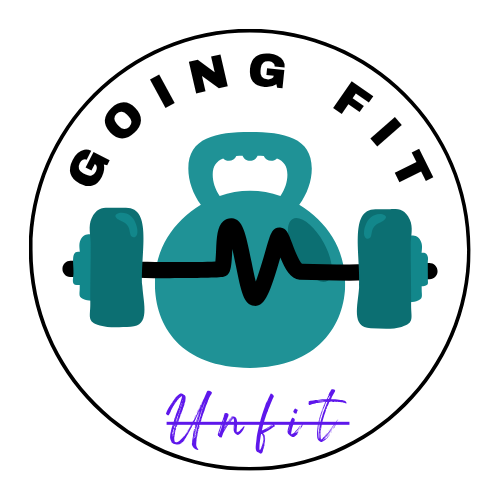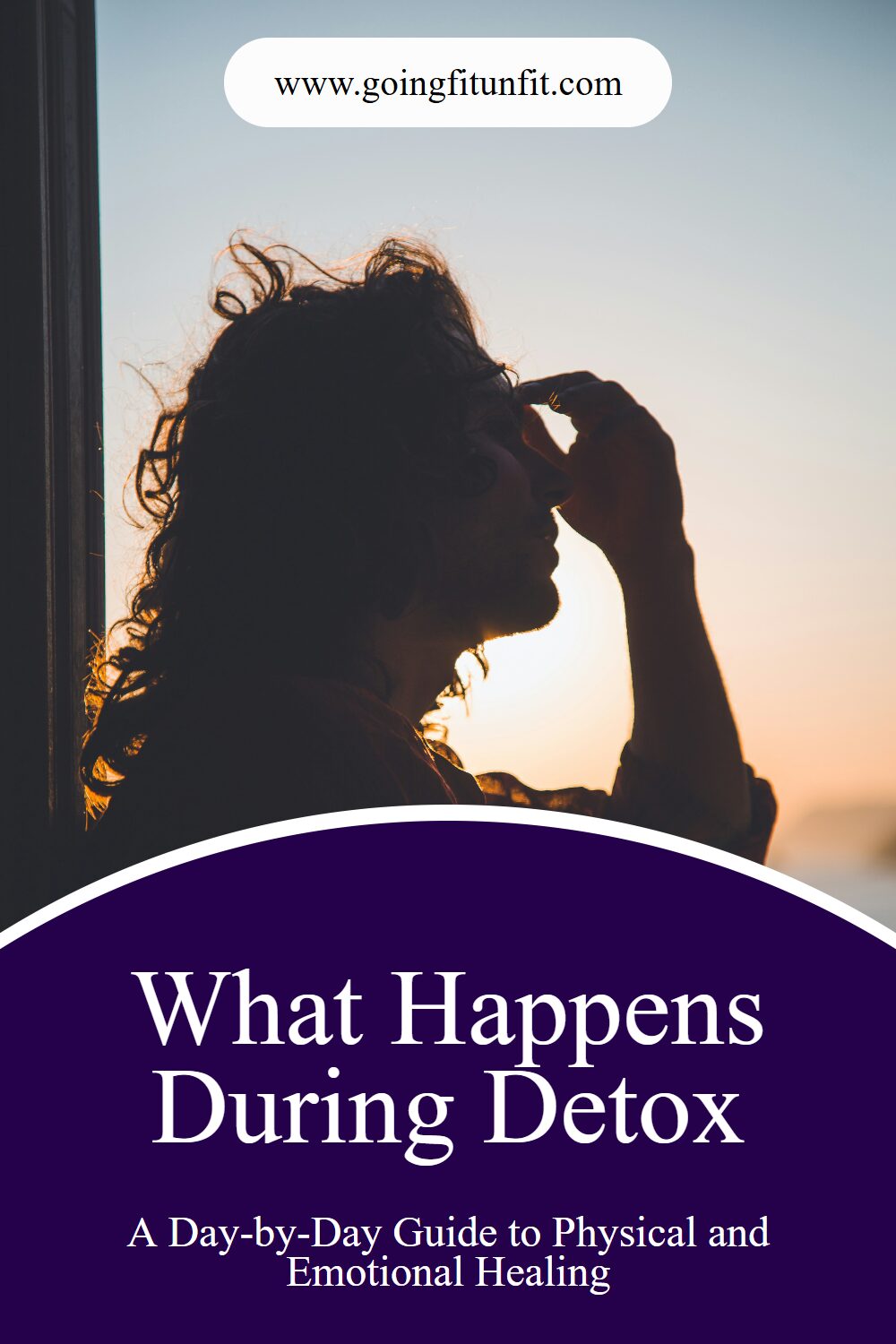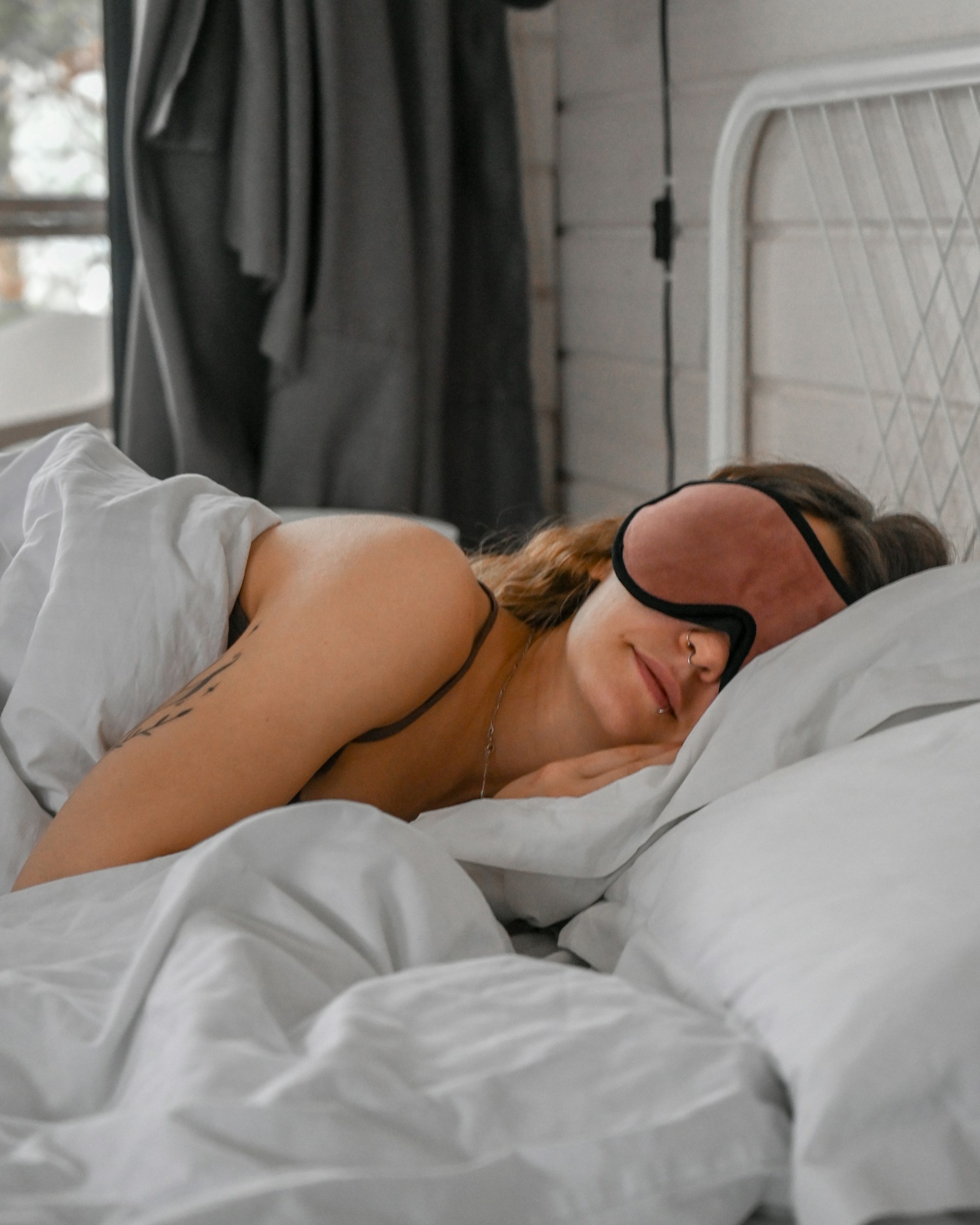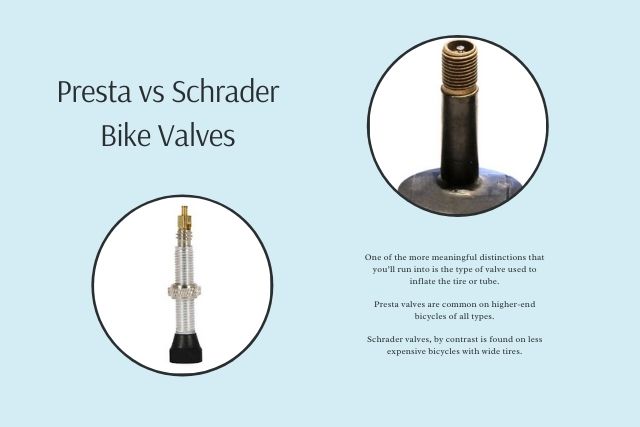If you’re reading this, chances are you’re scared. Maybe you’re wondering what the next few days will feel like, or whether you’ll make it through. I get it—detox is one of those things nobody really talks about honestly until you’re standing at the edge of it yourself.
Here’s what I want you to know: detox is hard, but it’s also temporary. Your body knows how to heal—it just needs time and a little support. And while everyone’s experience is different, there are patterns that most people follow. Knowing what to expect can help you feel less alone and more prepared.
In this guide, we’ll walk through the first week of detox day by day. I’ll explain what’s happening in your body, what symptoms are normal, and offer tips for managing symptoms at each stage. Think of this as a roadmap for the week ahead—not perfect, but honest.
Factors That Influence Your Detox Experience
Before we get into the daily breakdown, it helps to understand that your timeline depends on a few key things:
- What substance you used (alcohol, opioids, and benzos each have different patterns)
- How long and how heavily you used it
- Your age, weight, and overall health
- Whether you’re managing other mental health stuff
- If you’re doing this at home or with medical support
Withdrawal symptoms can start within hours of your last use and may last anywhere from days to weeks, depending on what you’re coming off of. That’s a wide range, I know—but understanding these variables helps you set realistic expectations.
Bottom line: Your journey won’t look exactly like anyone else’s, but knowing what typically happens can make the unknown feel a little less terrifying.
Day 1 of Detox: The First 6–24 Hours
This is when it starts. Your body realizes the substance is gone, and it begins to react. It’s like your internal alarm system suddenly going off—everything feels heightened, uncomfortable, unfamiliar.
What you might feel:
- Mild anxiety or irritability
- Headaches
- Restlessness
- Trouble sleeping
- Your heart beating faster than usual
- Cravings (sometimes intense)
If you’re coming off alcohol, symptoms usually start 6–12 hours after your last drink. For short-acting opioids like heroin, it can be as quick as 6–8 hours.
What helps:
- Drink water—more than you think you need
- Rest when you can, even if sleep won’t come
- Try deep breathing or gentle stretching to calm your nervous system
- Tell someone you’re starting this process (even a text counts)
The truth: Day 1 is uncomfortable, but it’s manageable. Your body is waking up, and that’s a good thing—even when it doesn’t feel like it.
Days 2–3: When Detox Symptoms Peak
If day 1 is the warning bell, days 2–3 are the full alarm blaring. This is typically when symptoms peak. Your brain is scrambling to adjust to new chemical levels, and your nervous system is working overtime to find balance.
What you might feel:
- Cravings that feel unbearable
- Nausea and vomiting
- Muscle aches
- Sweating or chills (sometimes both, back and forth)
- Anxiety or full-on panic attacks
- Sleep that just won’t come
A serious note: If you’re detoxing from alcohol or benzodiazepines, days 2–3 can be dangerous. Seizures, hallucinations, and delirium tremens (DTs) are real risks. This isn’t something to tough out alone—medical supervision can save your life.
The Substance Abuse and Mental Health Services Administration reports that most withdrawal symptoms hit their worst point within 48–72 hours. They also stress that severe symptoms need medical monitoring.
What helps:
- Get help if things escalate—this isn’t about being tough
- Move your body gently if you can (short walks can ease muscle pain)
- Don’t isolate—call someone, text a support line, talk to a counselor
- If you’re in a medical detox facility, lean on the staff. That’s what they’re there for.
The truth: This is the valley. It’s the hardest part. But it doesn’t last forever, and on the other side, things start to ease.
Days 4–5: Physical Symptoms Ease, Emotional Recovery Begins
The worst of the physical symptoms usually begins to fade around now, but here’s the thing nobody warns you about: the emotional stuff can hit harder. Your body is stabilizing, but your feelings might still be all over the place. It’s like the storm clouds are parting, but the ground is still muddy—you’re moving forward, even if it doesn’t feel that way yet.
What you might feel:
- Bone-deep fatigue
- Mood swings (happy one minute, crying the next)
- Your appetite is coming back
- Lingering anxiety
- Brain fog or confusion
- Your digestion is slowly returning to normal
What helps:
- Eat real food if you can stomach it—your body needs fuel
- Write things down (even if it’s messy or doesn’t make sense)
- Try a guided meditation or mindfulness app
- Celebrate the small wins—you made it through the hardest days
The truth: Your body is healing. The emotional recovery is just beginning. Be patient with yourself.
Days 6–7: Transitioning From Detox to Recovery
By the end of the first week, something shifts. Your body has cleared most of the substance, and your systems are slowly finding their rhythm again. You’re climbing out of the valley now—the view is starting to change.
What you might feel:
- Sleep that actually feels like sleep
- Cravings that are still there but less intense
- More awareness of your emotions (which can be overwhelming)
- Flickers of motivation or hope
- Some anxiety or sadness that lingers
You might feel hopeful one minute and completely overwhelmed the next. That’s normal. Research shows that symptoms like insomnia, irritability, and trouble concentrating can stick around for weeks or even months—a phenomenon called Post-Acute Withdrawal Syndrome, or PAWS.
What helps:
- Start building gentle routines—eat at regular times, rest, move a little
- Connect with a support group or therapist
- Avoid places or people that trigger you
- Remember that healing isn’t linear
The truth: You made it through the first week. The hardest physical hurdles are behind you. Now the real work of recovery begins.
What Happens After the First Week of Detox
Detox is just the first chapter. After your body clears the substance, the emotional and psychological healing starts. Think of detox as breaking ground on a new foundation—the real construction happens next.
You might still experience:
- Occasional cravings
- Mood swings
- Sleep disturbances
- Moments of grief, reflection, or unexpected hope
This is when you build your recovery plan—therapy, support groups, healthy habits, people who have your back. The physical detox is one thing; long-term recovery is another.
When to Seek Medical Supervision During Detox
Some substances are like riptides—you can’t fight them alone. You need medical supervision if:
- You’re detoxing from alcohol, benzodiazepines, or opioids
- You’ve had seizures, hallucinations, or heart problems in the past
- You’re managing other mental health conditions
- You feel suicidal or emotionally unstable
- You’ve tried detoxing before and relapsed
The Mayo Clinic strongly recommends supervised detox for anyone at risk of severe withdrawal, especially with alcohol, benzos, or multiple substances.
The truth: Getting medical help isn’t weakness—it’s the smarter, safer way through.
Final Thoughts: Detox Is the Beginning of Your Recovery Journey
The first week of detox is brutal—but it’s finite. Every hour you stay in it is a win. Your body is healing, your mind is clearing, and you’re building the foundation for something better.
Be gentle with yourself. Ask for help. And know this: you’re not doing this alone, even when it feels like it.
Detox isn’t the end of your story. It’s the beginning of your comeback.
What part of this process scares you most? What questions are you still carrying? Drop them in the comments—I’ll answer what I can, and maybe your question will help someone else too.
Common Questions About Detox: Duration, Risks, and Safety
How long does detox last for alcohol, opioids, and benzos?
Detox usually lasts 5–7 days for alcohol and short-acting opioids, with symptoms peaking around days 2–3. Benzodiazepine detox can take 1–2 weeks. Post-Acute Withdrawal Syndrome (PAWS) may cause lingering symptoms for weeks or months.
Which substances are the most dangerous to detox from?
Alcohol and benzodiazepines carry the highest risks during detox, including seizures, hallucinations, and delirium tremens. Medical supervision is strongly recommended when detoxing from these substances.
Can you safely detox at home?
It depends on the substance and your health. Mild substances like marijuana or low-dose stimulants may be safe with support. Detoxing from alcohol, opioids, or benzos at home can be dangerous and should only be done under medical supervision.
What happens during the first 24 hours of detox?
During the first 6–24 hours, your body reacts to the absence of the substance. Common symptoms include anxiety, irritability, restlessness, headaches, rapid heartbeat, and cravings. Short-acting opioids and alcohol can trigger symptoms quickly.
How can I manage cravings during detox?
Stay hydrated, rest when possible, and move gently to ease discomfort. Journaling, deep breathing, or talking with a support person can help. Remember, cravings are temporary and gradually decrease over time.





















Leave a Reply